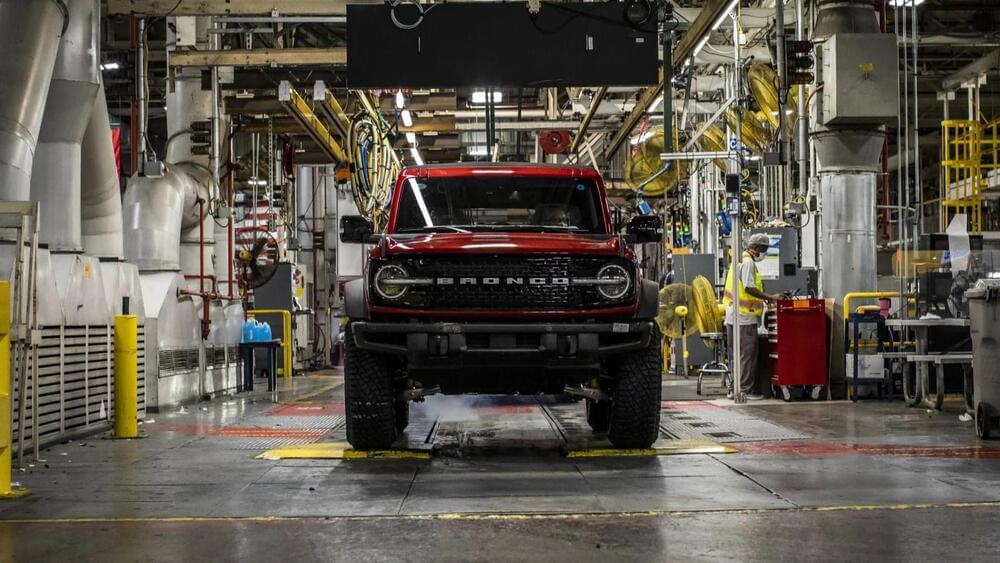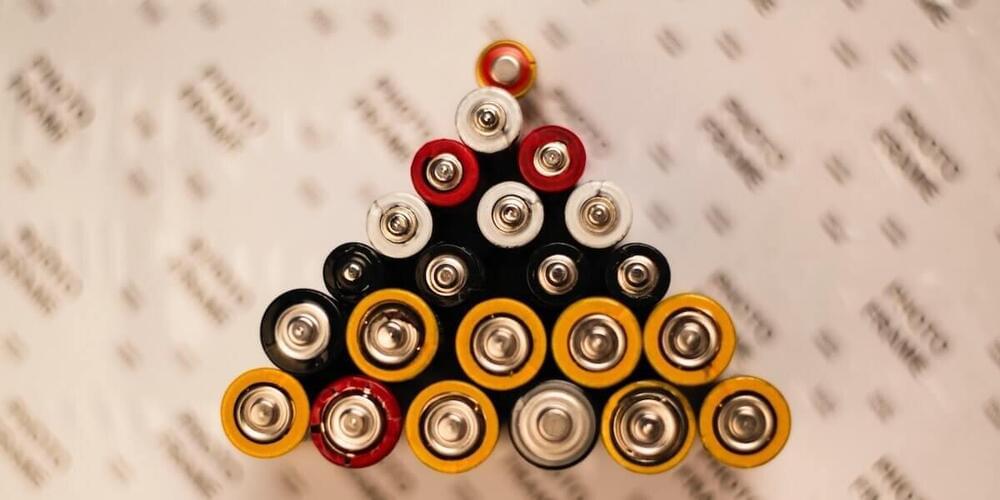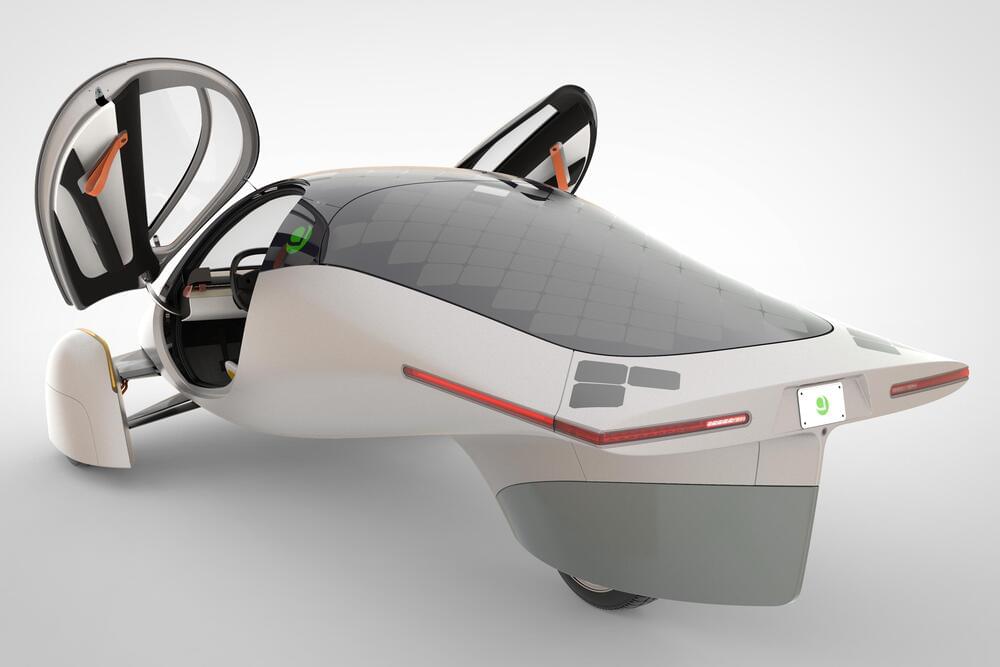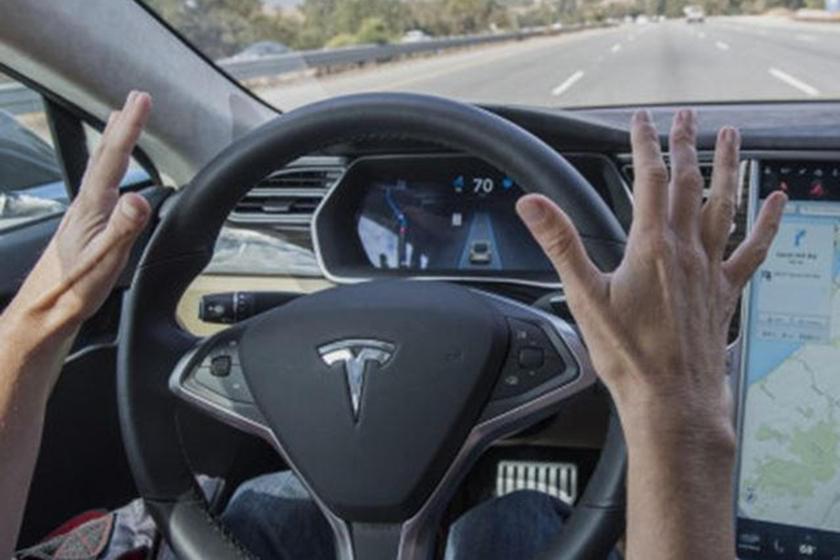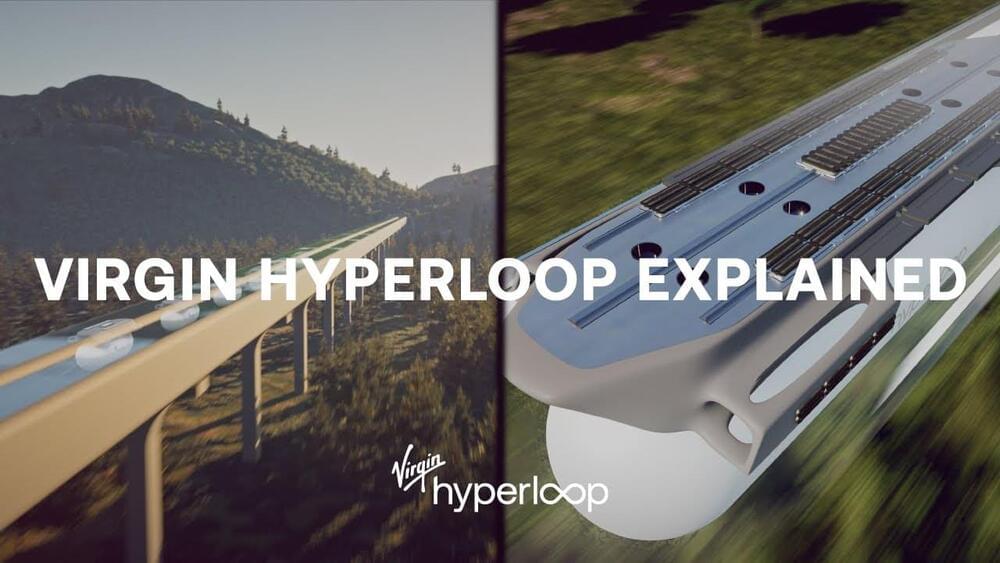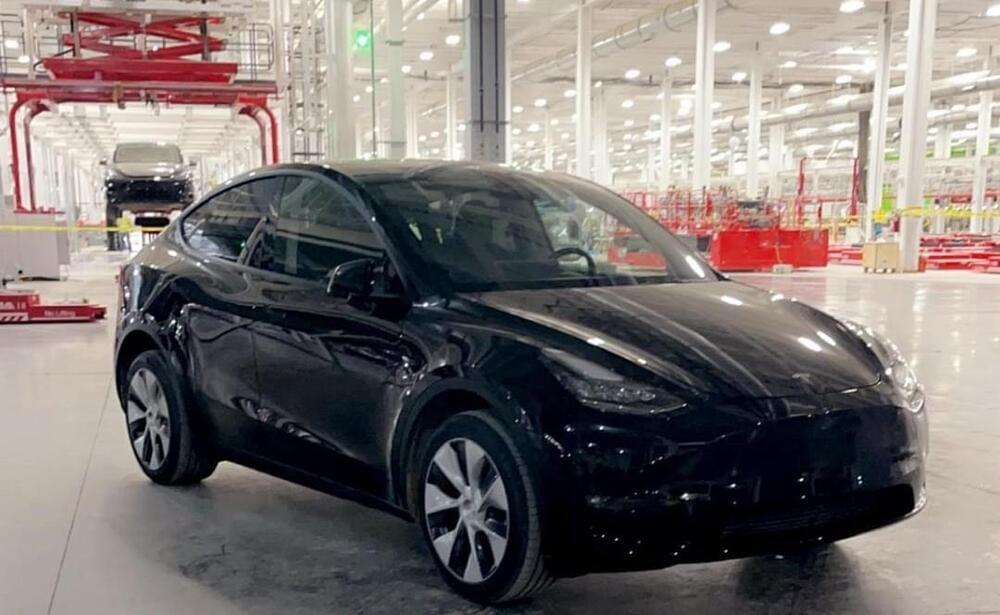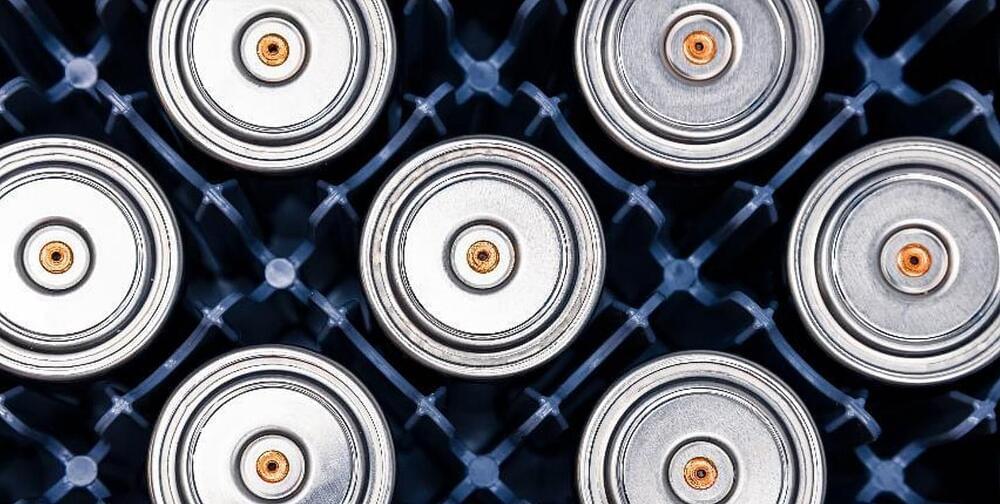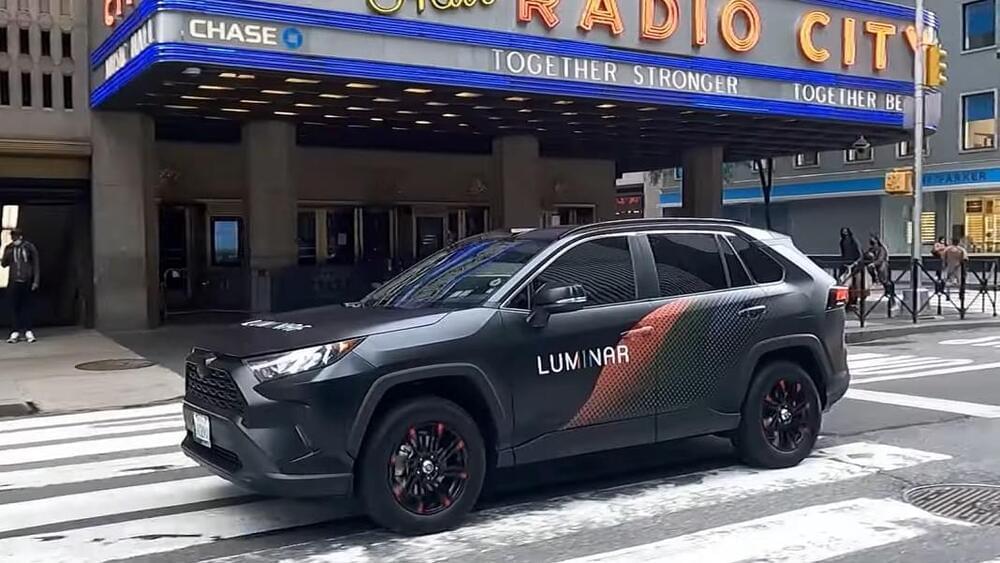Aug 31, 2021
Cheap Electric Motorcycles, EVs Will Kill Some Hobbies, Tesla Model 3 & Y Get LFP Batteries 20
Posted by Chima Wisdom in categories: sustainability, transportation
In the past week, CleanTechnica readers were most attracted to stories about cool & cheap electric motorcycles, an Australian pastime that electric vehicles are sure to kill, and the standard-range Tesla Model 3 and Model Y getting LFP batteries. Following those medal winners, the BYD Dolphin potentially getting millions of sales, love for water batteries, and solar-powered trains took the next three spots.
For the details on those stories, to see the rest of the top 20 list, or to go explore the sometimes wild and crazy (but almost always useful) comments under the pieces, scroll down and have a gander.

